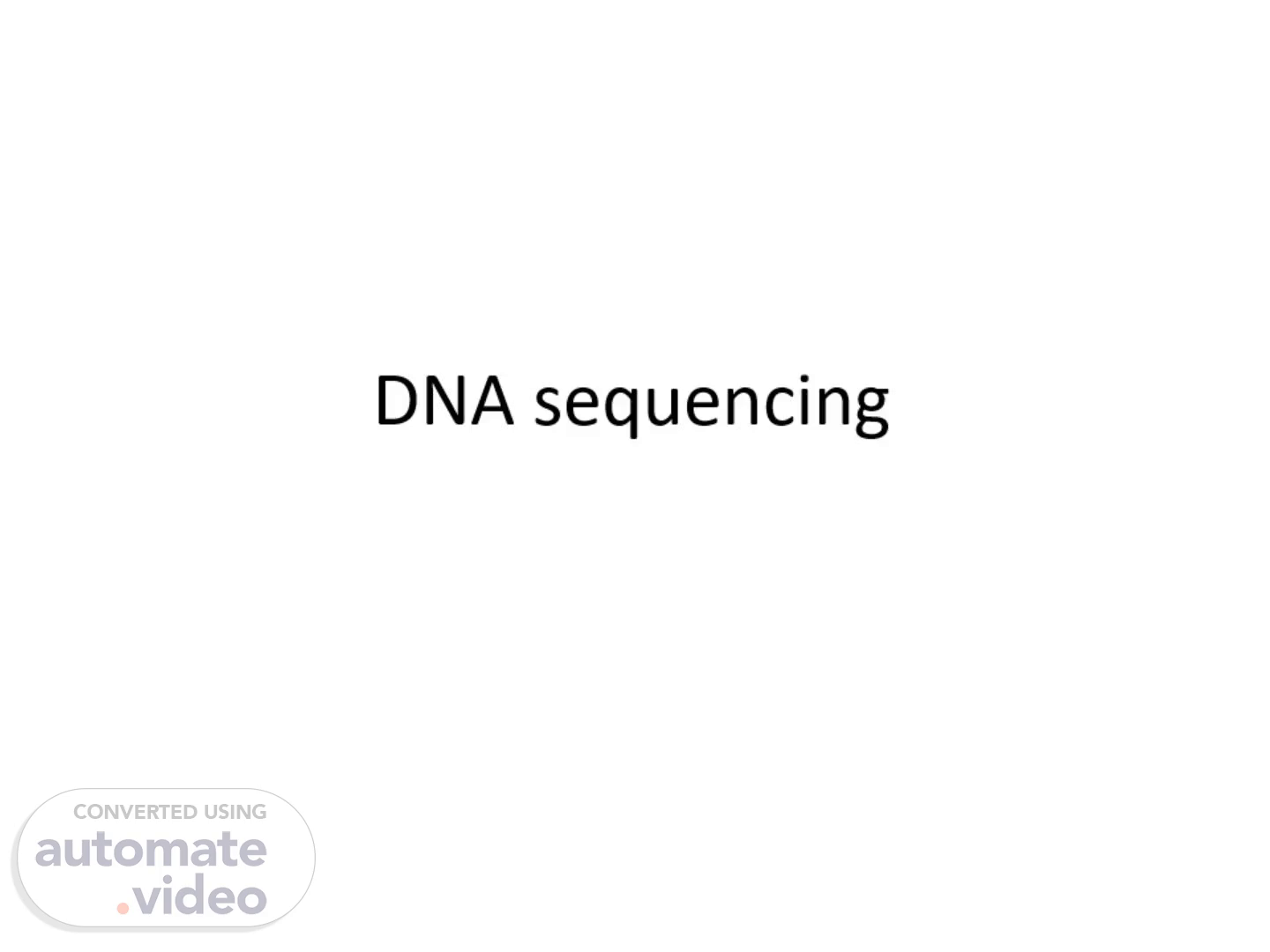Scene 1 (0s)
[Audio] D-N-A sequencing. DNA sequencing.
Scene 2 (5s)
[Audio] D-N-A sequencing is the process of determining the nucleic acid sequence – the order of nucleotides in DNA. It includes any method or technology that is used to determine the order of the four bases: adenine, guanine, cytosine, and thymine.
Scene 3 (22s)
[Audio] D-N-A sequencing, technique used to determine the nucleotide sequence of DNA (deoxyribonucleic acid). The nucleotide sequence is the most fundamental level of knowledge of a gene or genome. It is the blueprint that contains the instructions for building an organism, and no understanding of genetic function or evolution could be complete without obtaining this information..
Scene 4 (52s)
[image] base pairs n ucleotide sugar-phosphate backbone p base pairs hydrogen bonds @ Phosphate sugar nitrogen— contai ning bases.
Scene 5 (59s)
[Audio] First-Generation Sequencing Technology The first-generation sequencing technologies, which emerged in the 1970 seconds, included the Maxam-Gilbert method, discovered by and named for American molecular biologists Allan M Maxam and Walter Gilbert, and the Sanger method (or dideoxy method), discovered by English biochemist Frederick Sanger..
